When coronavirus hit, retailers and restaurateurs were forced to grapple with a rapidly changing situation no one could have predicted.
The pandemic highlighted that some store and restaurant formats (most likely through luck, rather than specific pandemic planning) were better able to adapt than others.
With the benefit of hindsight, here are 10 key considerations to keep in mind when designing future stores and restaurants, based on Covid-19 learnings.

1. Touchscreens
There has been some speculation that public touchscreens, used to order and pay for goods, could spread coronavirus. But whether or not they are in fact a hazard, heightened hygiene awareness may cause consumers to be wary of using them in future. Pending concrete evidence to the contrary, those brands who haven’t already explored alternative contactless technologies would be wise to at least consider the merits of mobile order and payment, voice activation and gesture control. Or at the very least, put in place and communicate adequate disinfecting procedures.
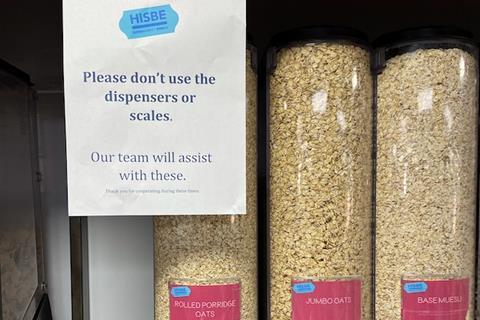
2. Zero-waste initiatives
Over the last few years, retailers have been ramping up efforts to reducing packaging waste in-store. But when Covid-19 hit, stores started rolling out precautionary measures across a range of eco-initiatives. Major coffee shops refused to accept reusable coffee cups, bulk/refill stores stopped allowing self-service, and in the US, some states banned reusable bags. As per touchscreens, without evidence that reusable coffee cups, bags for life and refill silo handles cannot be vectors for the virus, consumers may be more cautious in embracing such initiatives in future. The holy grail will be to offer eco-options that come with a hygiene guarantee.
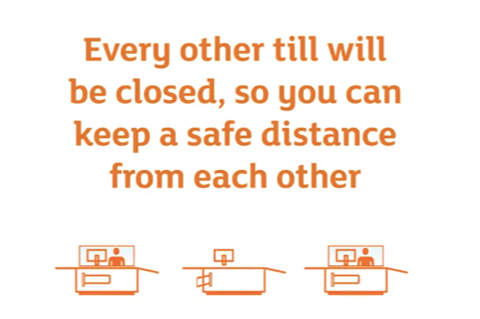
3. Flexible fixtures
When restaurants were still open, those with tables and benches fixed to the floor were unable to flex to meet new physical distancing requirements, other than by asking customers to leave every other table free. It’s a similar story in the supermarkets regarding checkouts. In contrast, those with freestanding tables and benches were easily able to create new layouts that met the requirements but still maintained some sense of normality. While there will be other advantages of using fixed over flexible kit, when it comes to health crisis planning at least, flexible solutions deserve serious consideration.

4. Digital comms screens
We’re not against digital screens, but they’re not always the answer and shouldn’t necessarily be the default solution for comms. But the right screens in the right places have come into their own during the coronavirus pandemic. For example, McDonald’s well-positioned screens allowed the brand to clearly and prominently communicate important Covid-19 updates to customers. The crisis has highlighted the multiple purpose of screens: as a sales tool in normal times, and as a vital brand communication device when required.
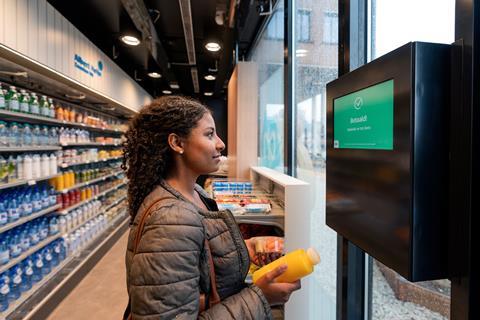
5. Contactless stores
Several of the world’s largest grocery retailers have been experimenting with contactless stores. This type of retail format offers a number of advantages during a viral health crisis. Take Amazon Go and its ‘Just Walk Out’ technology:
- It negates the need for contact between staff and customers, reducing the risk of spread
- It’s less reliant on staff, so staff illness is reduced
- The customer journey is faster and more efficient
- It’s unlikely to need adaptations – like checkout screens – reducing potential additional spend
Despite this, the majority Amazon Go stores have been temporarily closed with no clear reasoning, according to the Amazon Go website.
In the UK, M&S has developed its own contactless Mobile Pay Go technology, allowing customers to scan barcodes with their mobile phones and leave without having to pay at a till. It is reportedly doubling the number of Mobile Pay Go-enabled stores.
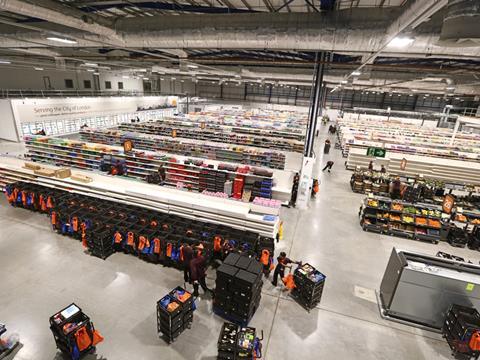
6. Dark stores and dark kitchens
With many consumers forced to rely more upon home delivery for food, it could prompt them to re-evaluate the need to physically shop – or eat in a restaurant – when we emerge from this crisis. As a result, we might see retailers and restaurateurs reassess their spacial requirements, ramp up their investment in home delivery capabilities, and build more dark stores and dark kitchens. In this sense, there may be no going back. For example, this Bloomberg case study of a restaurateur in Wuhan – the Chinese city where Covid-19 started – highlights that it’s by no means ‘business as usual’ for the restaurant trade there, despite an end to lockdown in the city.
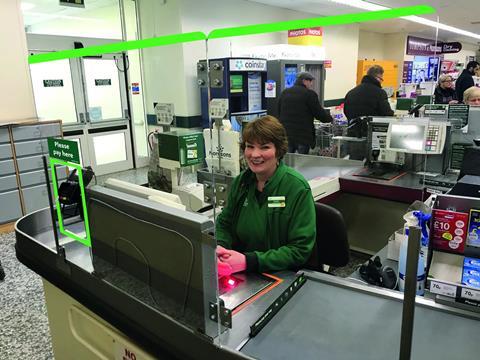
7. Protective checkout screens
Protective screens are now on checkouts in stores throughout the country, and could become a standard feature of new stores. After all, it’s easier, safer and cheaper to have them installed across the store estate than to bring them in after a situation hits.
Their permanence will depend on cost vs safety vs detriment to customer experience. But what Covid-19 has highlighted is that screens can help protect against numerous viruses, not just Covid-19. There’s perhaps a case for keeping them anyway, coronavirus aside.
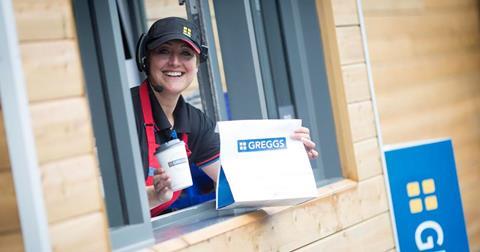
8. Drive-thru
Drive-thru formats have slowly become more commonplace in the UK with Starbucks, Costa and Greggs already operating drive-thrus. Meanwhile, the supermarkets offer click & collect and the UK’s first drive-thru farm shop opened in 2018. But Covid-19 may prompt more retailers and restaurants to consider drive-thru/click & collect as a low-cost and low-contact format that reassures shoppers and provides added protection, particularly for the elderly and vulnerable.
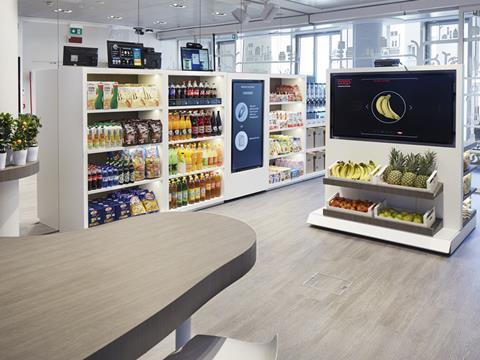
9. Digital signage
Long-term changes in store and restaurant design requiring substantial investment must be balanced against risk and future requirement. While it would represent a large initial investment, digital signage does allow for greater flexibility in store layout, customer journey and menus, if the need arises. The downside is that when tech fails, it impacts the customer experience – and looks bad.
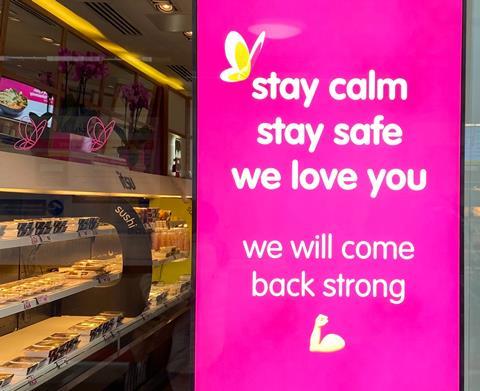
10. Tone of voice
The importance of tone is something that’s often overlooked when it comes to brand assets. During the pandemic, it’s been very clear which brands have invested in creating a strong tone of voice. In doing so, they’ve been able to use it to communicate clearly and consistently across sales channels, and to reassure customers. This should stand them in good stead in future by building a rapport with customers now. Those brands that don’t already have their tone of voice nailed would be wise to give it some serious thought, as they will need to rely on it as they seek to navigate their way through the ‘new normal’.








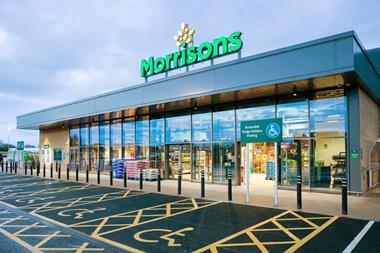
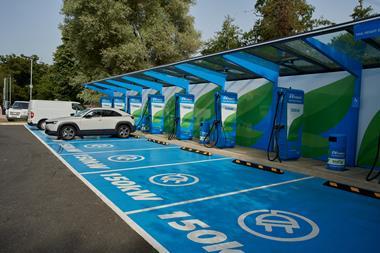

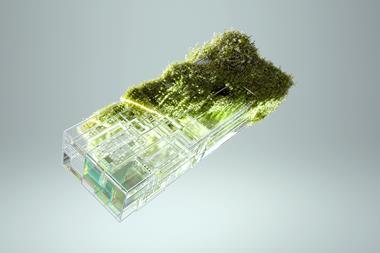
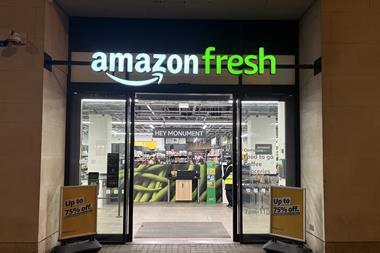

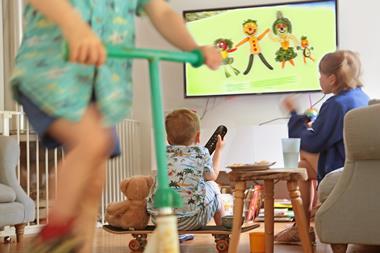


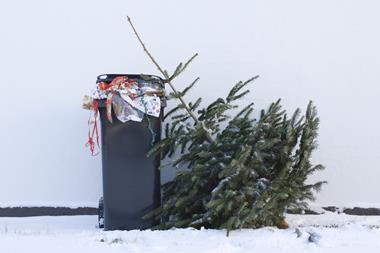

No comments yet